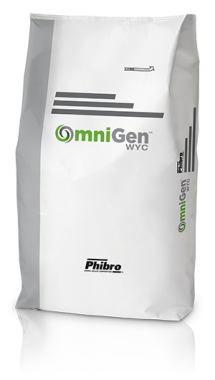Are Your Dairy Cows Heat Stressed?
Dr. Glenn Holub Shares Heat Stress Indicators to Look for in Your Dairy Herd
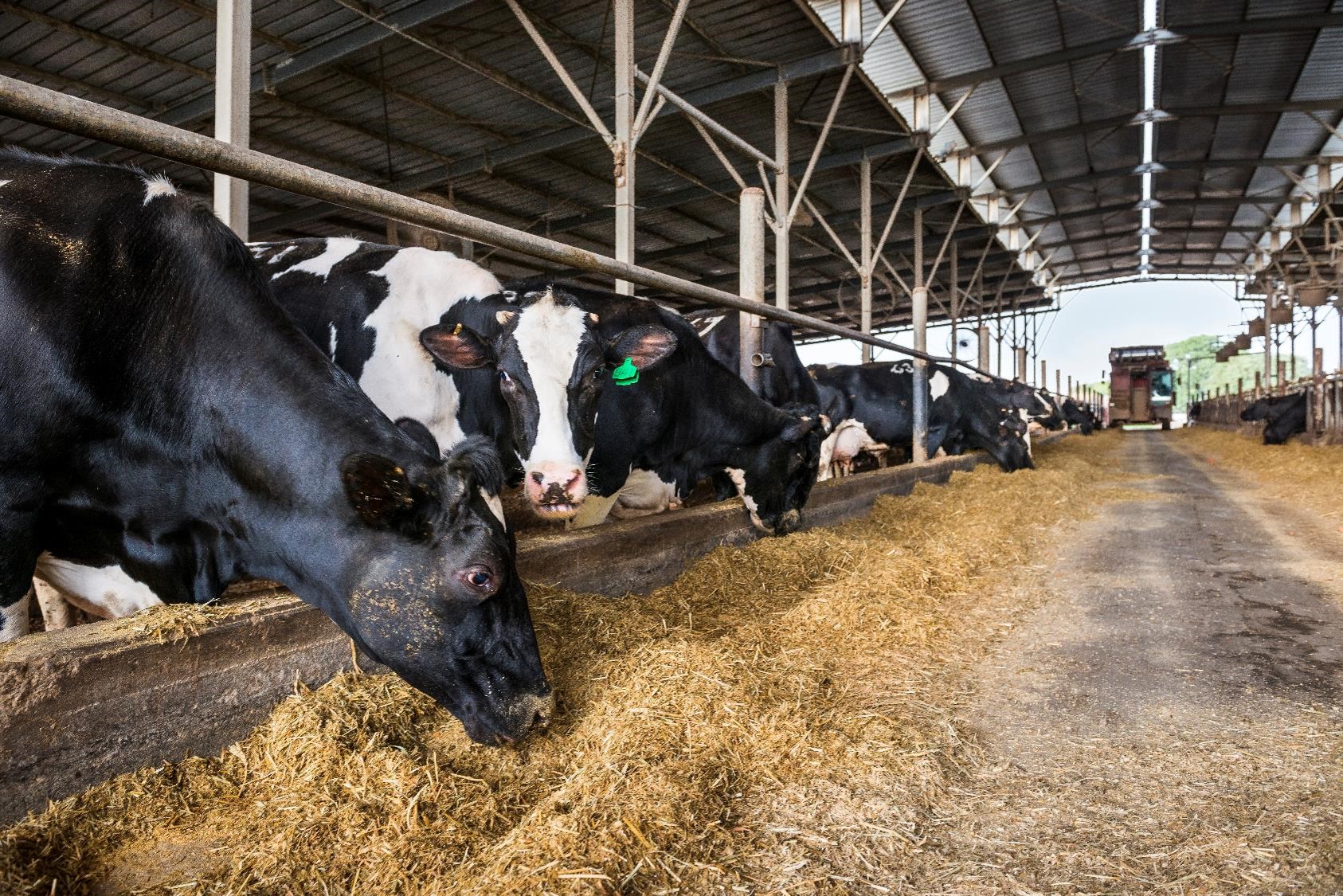
If you’re a dairy producer in the continental United States, you’ve probably had to contend with heat stress. A high temperature humidity index (THI) causes dairy cows to become heat stressed — and that not only causes cows discomfort, but also lowers milk production.
“The closer you get to the equator, the higher the prevalence of heat stress,” says Dr. Glenn Holub, Executive Technical Services Manager for Dairy, Phibro Animal Health Corporation. “While the southern states have a longer duration of heat stress, even northern states, from the state of Washington to Maine and everywhere in between, have periods of heat stress each year during which cows have to make certain metabolic adjustments to try to curb the effects of heat stress on their bodies.”
Since heat stress can come on quickly and can cost the average U.S. dairy producer $264 per cow per year1, Dr. Holub says that it’s important to recognize the signs of heat stress and to have abatement measures in place to keep your cows comfortable and productive.
Five Indications That Your Dairy Cows Are Heat Stressed
- Increased respiration rates. One of the ways that a cow gets rid of excess heat is through respiration, as she uses energy to take that heat and move it into the air and away from her body. If you see your cows panting, you know they are expending a lot of energy trying to cool themselves.
- Metabolic pH changes. During times of heat stress and increased respiration rates, cows lose a lot of carbon dioxide from their bodies. Their blood will become slightly alkalotic during this time and then become more acidotic again during cooler parts of the night, when they’re able to return to thermal neutral conditions and breathing becomes normal. This cycle of alkalosis and acidosis affects rumen function and buffering capacity and creates problems later in the season or in the lactation cycle when the acidosis and alkalosis changes in pH can manifest as signs such as lameness due to laminitis.
- Reproductive issues, including more days open. If your dairy cows aren’t conceiving, heat stress may be to blame. There’s a strong inverse correlation between high temperatures and low conception rates. “The number of days open goes up significantly for cows that are eligible to be bred during hot summer months,” says Dr. Holub. “It’s not unusual for conception rates to dip down into single digits. During a severe summer with no effective cooling, I’ve seen conception rates sink to lower single digits on some dairies.”
- Behavioral changes. Heat stressed cows eat less and often eat during the cooler, nighttime hours instead of during the peak heat of the day. They often stand more, and they tend to chew their cuds less because they are panting in an attempt to exchange heat with the environment. These are all signs that your cows may be experiencing heat stress.
- Decreased production. Heat stress affects cows at the cellular level — and the more energy that they expend trying to cool their bodies, the less energy they have to produce milk. This is compounded by the fact that cows have less dry matter intake during heat stress. “Once we have periods of heat stress lasting more than a few weeks, we start to see cows lose production, and once they’ve metabolically adjusted to heat stress, it’s very difficult to get them back on their lactation curve,” warns Holub.
Fortunately, by recognizing the signs of heat stress, producers can introduce management and feeding approaches to help abate the problem – from providing plenty of shade and water to feeding OmniGen® nutritional specialty product, a heat stress management solution that has been proven to help alleviate the effects of heat stress which can lead to lower respiration rates.
For more information on heat stress, contact your local dairy advisor or visit www.theOmniGenDifference.com.
For additional insights from Dr. Holub, download his free webinar, “Dairy’s Most Profit-Draining Challenges: Heat Stress” on the Phibro Academy web site.
1Key, N. et al., 2014. Climate Change, Heat Stress, and U.S. Dairy Production, Rep. No. 175.
OG340722GLB ©2023 Phibro Animal Health Corporation. Phibro, Phibro logo design, Healthy Animals. Healthy Food. Healthy World. and OmniGen are trademarks owned by or licensed to Phibro Animal Health Corporation or its affiliates.
Dairy Cattle Products
How Feeding OmniGen® Can Bolster Your Dairy Cattle’s Immune System to Better Defend Against Challenges.





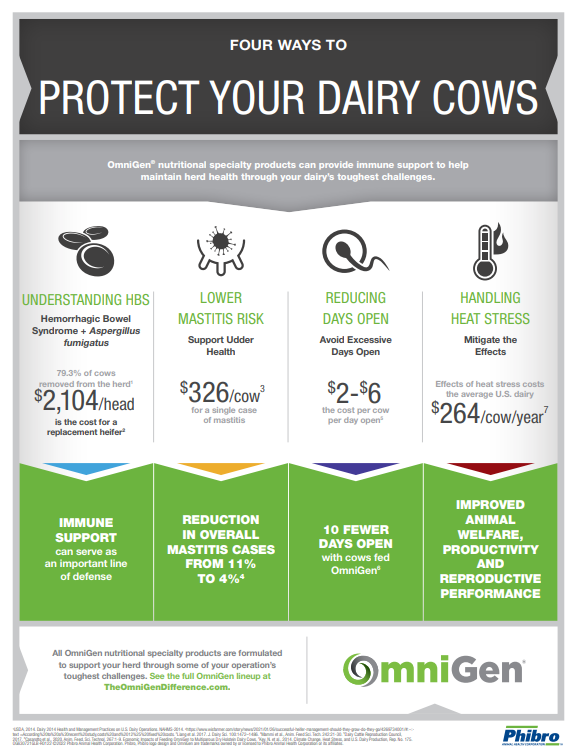
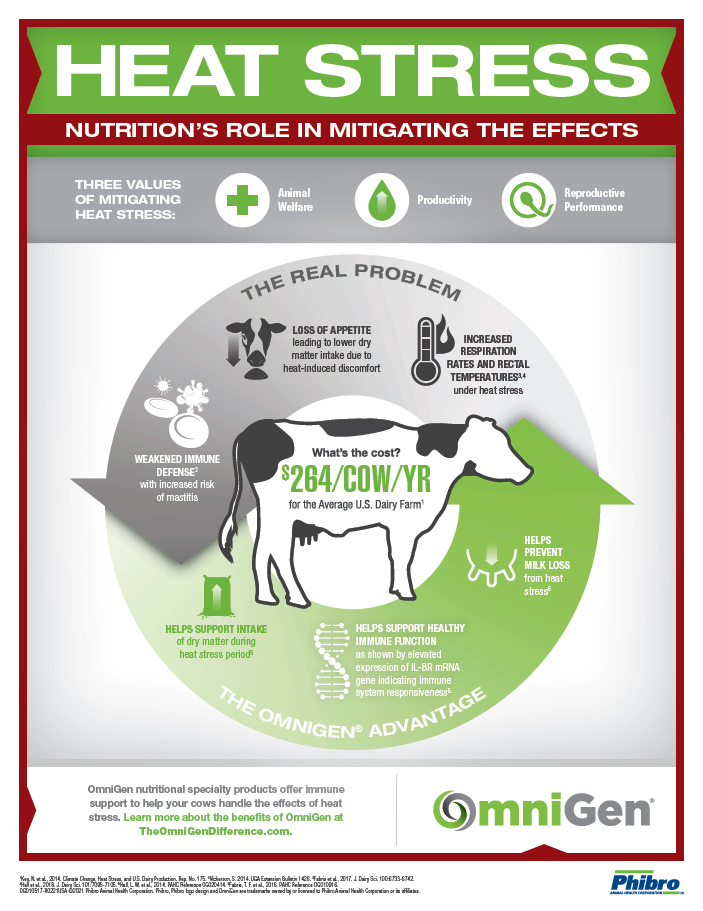
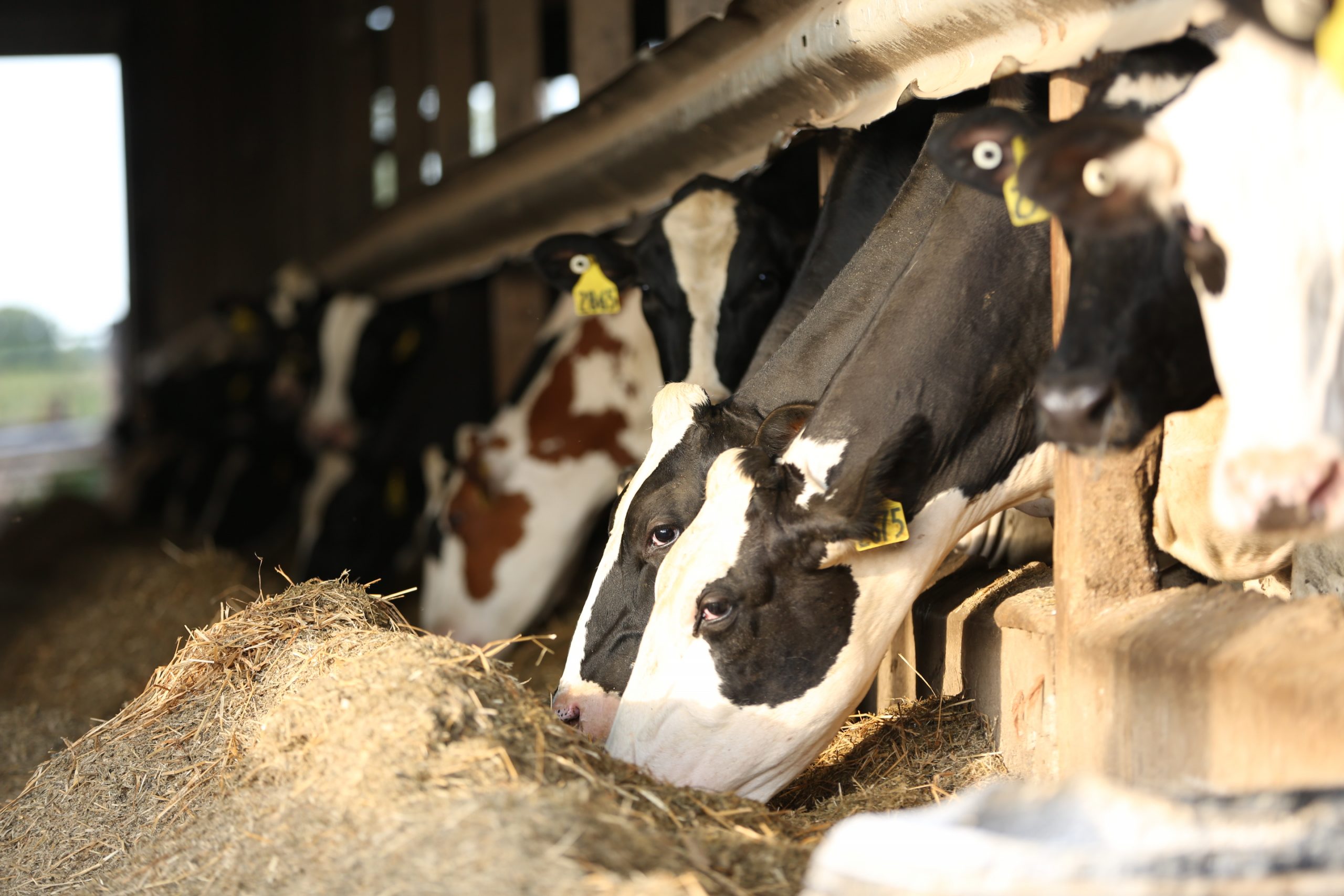
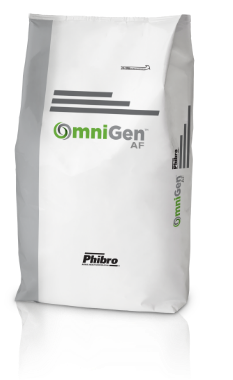
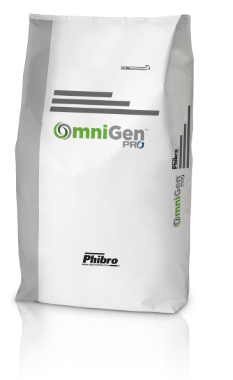
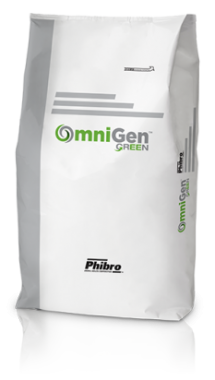
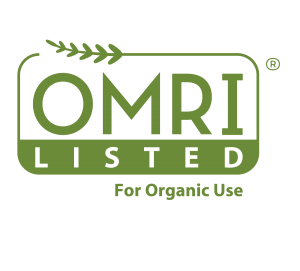 OmniGen Green is Organic Material Review Institute (OMRI) listed.
OmniGen Green is Organic Material Review Institute (OMRI) listed.